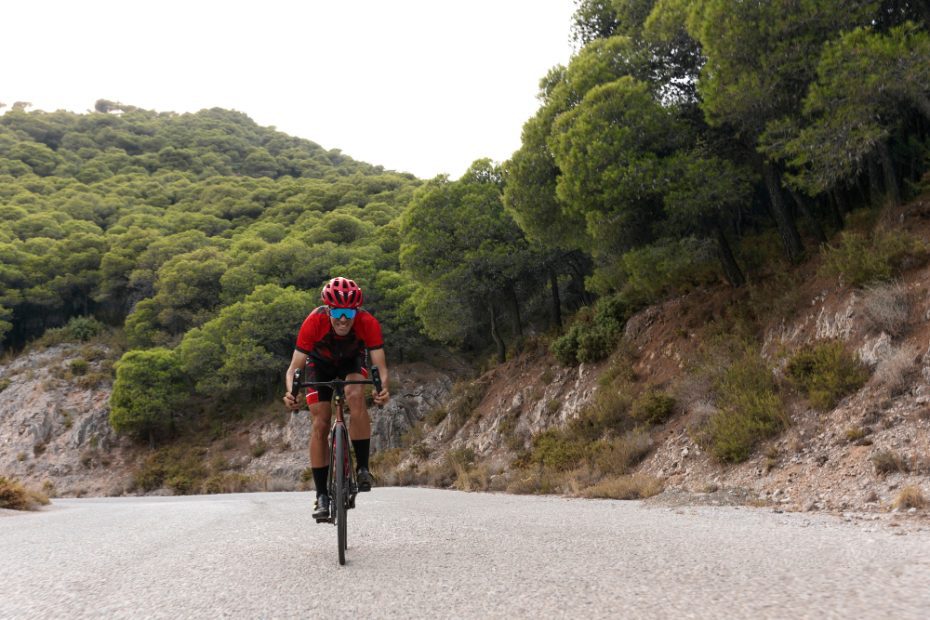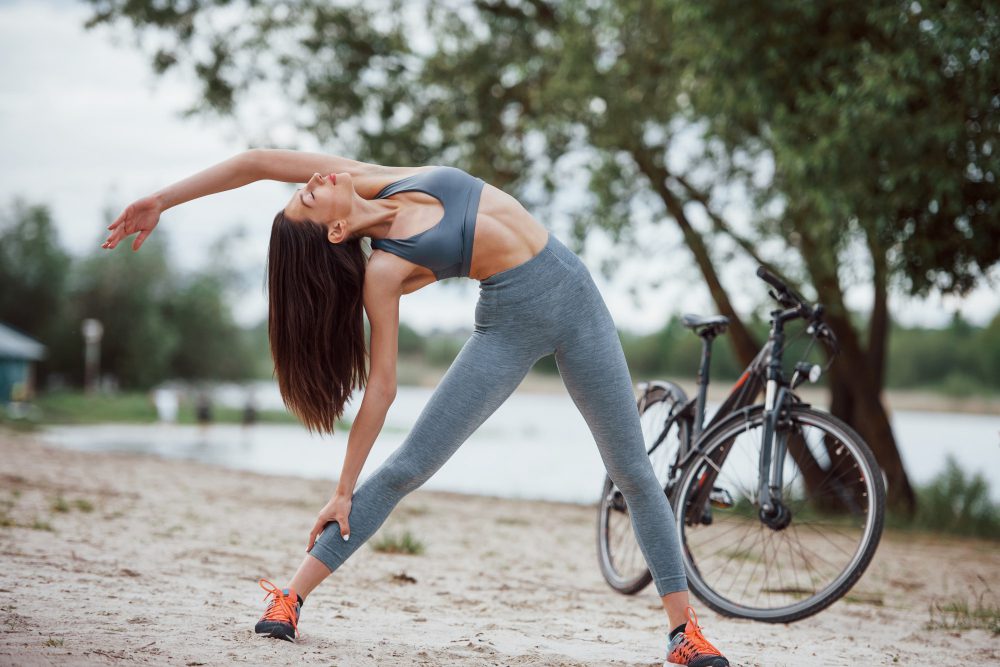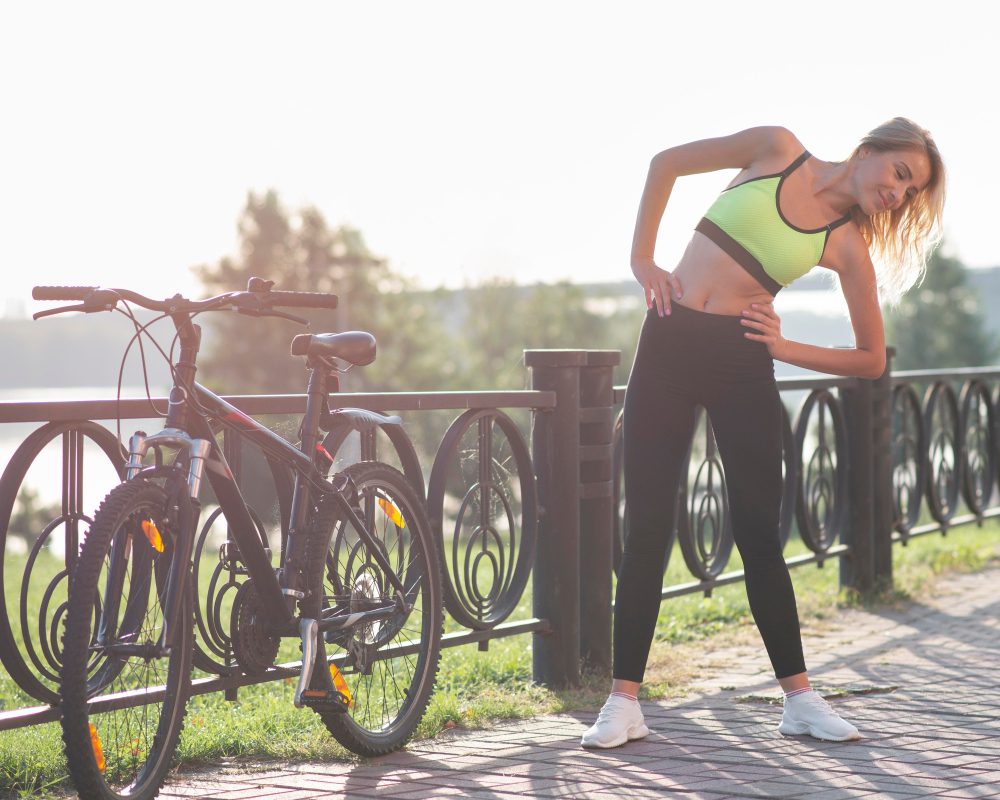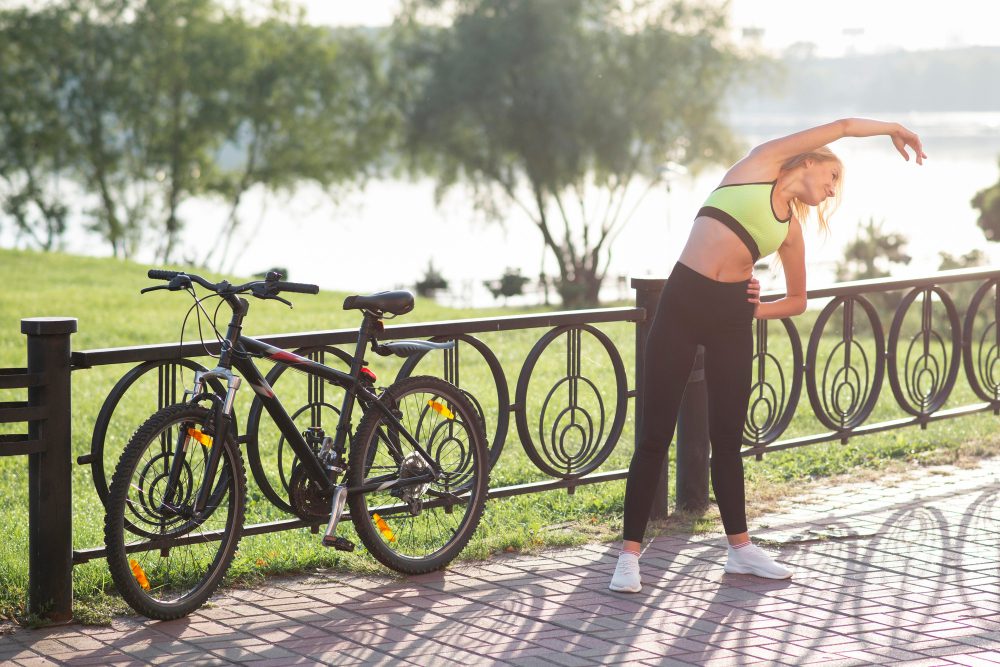What happens to your legs when you start cycling?
When you start cycling, your legs undergo a remarkable transformation. This low impact exercise not only strengthens and tones your leg muscles, but it also improves your cardiovascular fitness. Whether you are a seasoned cyclist or just starting out, understanding what happens to your legs during cycling can help you maximize the benefits and optimize your performance on the bike.
The benefits of cycling for your legs
Cycling is a fantastic way to work out your legs and lower body. The repetitive motion of pedaling engages various muscles in your legs, including your quadriceps, hamstrings, calves, and glutes. As you pedal, these muscles contract and relax, building strength and endurance over time.
Quadriceps: The quadriceps, located in the front of your thighs, are one of the primary muscle groups used in cycling. They extend your knees and provide power during the downstroke of each pedal revolution. Regular cycling can help develop strong quadriceps, which are essential for generating speed and power on the bike.
Hamstrings: The hamstrings, located at the back of your thighs, play a crucial role in cycling by flexing the knees and assisting with the upstroke during pedaling. Strengthening your hamstrings through cycling can enhance your pedal stroke efficiency and prevent imbalances between the front and back of your legs.
Calves: The calf muscles, comprised of the gastrocnemius and soleus, are heavily engaged during cycling as they help to stabilize your foot and ankle while pedaling. Building strong calf muscles can improve your pedaling technique and provide better overall control of the bike.
Glutes: The gluteal muscles, including the gluteus maximus, medius, and minimus, are the largest muscles in your body and are responsible for hip extension and stability. These muscles play a vital role in generating power and maintaining balance on the bike. Cycling regularly can help develop strong glutes, leading to improved performance and reduced risk of injuries.
The physiological changes in your legs
As you start cycling and gradually increase your training intensity, your legs undergo several physiological changes. These adaptations occur due to the repetitive nature of cycling and the increased demand placed on your leg muscles.
Muscle hypertrophy: Cycling can promote muscle hypertrophy, which refers to an increase in the size of your leg muscles. As you continuously engage your leg muscles during cycling, they adapt by growing larger and stronger. This hypertrophy can enhance your cycling performance and contribute to a toned appearance in your legs.
Increased endurance: Cycling is an excellent exercise for improving endurance in your legs. Regular cycling sessions gradually increase your leg muscles’ ability to withstand prolonged effort, allowing you to cycle for longer distances without experiencing muscle fatigue.
Improved circulation: Cycling stimulates blood flow to your legs, promoting better circulation. The repetitive contraction and relaxation of your leg muscles during pedaling improve vascular health by enhancing the delivery of oxygen and nutrients to your muscles. This increased blood flow also aids in the removal of metabolic waste products, resulting in faster recovery times and reduced muscle soreness.
“Cycling is a low impact exercise that provides a multitude of benefits for your legs. From strengthening and toning your leg muscles to improving cardiovascular fitness, it is a great way to keep your lower body in shape.”
Tips for optimizing your leg workout during cycling
To maximize the benefits for your legs when cycling, consider incorporating these tips into your routine:
- Adjust your bike’s saddle height to ensure proper leg extension during each pedal stroke.
- Vary your cycling intensity by incorporating interval training or hills into your rides.
- Include strength training exercises such as squats and lunges to complement your cycling workouts.
- Don’t forget to stretch your leg muscles before and after each cycling session to prevent tightness and improve flexibility.
- Gradually increase the duration and intensity of your rides to challenge your leg muscles and promote continual improvement.
By following these tips and maintaining a consistent cycling routine, you can optimize the benefits for your legs and enjoy the physical and mental rewards of this enjoyable form of exercise.
What muscles are tight when cycling?
Cycling is a wonderful exercise that engages multiple muscles in your legs and core. As you start cycling, several key muscles become tight due to the repetitive motion and constant contraction. Let’s take a closer look at the main muscles that are commonly tight when cycling:
1. Quadriceps
Your quadriceps, located at the front of your thighs, play a crucial role in pedaling. These muscles extend your knee and provide the power for each downward stroke. Over time, the repetitive motion can cause tightness and fatigue in the quadriceps.
2. Hamstrings
The hamstrings, located at the back of your thighs, act as antagonists to the quadriceps during the pedal stroke. They help flex your knee and provide stability to your hips. Due to the constant contraction and stretching, hamstrings can also become tight when cycling.
3. Calves
Your calf muscles, including the gastrocnemius and soleus, are heavily involved in the push-pull action of cycling. They work to extend your ankles and provide propulsion during the pedal stroke. The repetitive motion can lead to tightness and potential cramping in the calves.
4. Hip Flexors
The hip flexor muscles, including the psoas and iliacus, play a significant role in bringing your knees towards your chest as you pedal. Tight hip flexors can lead to limited range of motion and discomfort while cycling.
5. Glutes
Your gluteal muscles, including the gluteus maximus, medius, and minimus, provide stability, power, and control during the cycling motion. These muscles can become tight or fatigued, especially during longer rides.
It is important to address muscle tightness to prevent imbalances and injuries. Stretching exercises targeting these specific muscle groups can help alleviate tightness and improve flexibility. Incorporating regular strength training and cross-training activities can also help enhance overall muscle balance and performance.
Remember to listen to your body and give yourself time to recover and rest. If you experience persistent pain or discomfort, it is always advisable to consult a healthcare professional.
Here’s a table summarizing the main muscles and their functions in cycling:
| Muscle | Function |
|---|---|
| Quadriceps | Extension of knee |
| Hamstrings | Flexion of knee |
| Calves | Ankle extension/propulsion |
| Hip Flexors | Bringing knees towards chest |
| Glutes | Stability and power |
In conclusion, when you start cycling, various muscles in your legs and core become tight due to the repetitive nature of the activity. Stretching, strength training, and proper rest can help alleviate muscle tightness and enhance your cycling experience.
Where should it hurt after cycling?
The common areas of discomfort after cycling
After a long ride, it is common to experience some level of discomfort in various parts of the body. Understanding where you might feel the ache can help you identify any issues and take appropriate measures. Here are the most common areas of discomfort after cycling:
- Buttocks and groin: The repeated pressure on these areas can lead to soreness or even chafing. Wearing padded cycling shorts and using a good quality saddle can help alleviate this discomfort.
- Thighs and hamstrings: These muscles are heavily engaged during cycling. It’s not uncommon to feel some soreness in these areas after a ride. Stretching before and after cycling can help prevent muscle tightness.
- Knees: If your bike setup or pedaling technique is incorrect, you may experience pain around the knees. Ensure your saddle height and position are adjusted properly and try to maintain a smooth pedaling motion.
- Lower back: The lower back can become strained if your core muscles are weak or your bike fit is poor. Strengthening your core and ensuring your bike is properly adjusted can help reduce lower back discomfort.
- Neck and shoulders: An incorrect bike fit or poor posture can cause tension and discomfort in the neck and shoulders. Pay attention to your riding position and make adjustments as needed.
Taking care of your body after cycling
It’s important to listen to your body and address any discomfort appropriately. Here are some tips to take care of your body after cycling:
- Rest and recovery: Give your body time to rest and recover after a ride. This allows your muscles to repair and prevents overuse injuries.
- Stretching: Perform gentle stretches targeting the muscles commonly used in cycling. This can help alleviate soreness and improve flexibility.
- Massage and foam rolling: Using a foam roller or getting a massage can help relax tight muscles and promote recovery.
- Ice or heat therapy: Applying ice packs or using heat therapy can help reduce inflammation and soothe sore muscles.
“Cycling is a great exercise, but it’s important to take care of your body to prevent injuries and discomfort.” – Dr. Jane Smith, Sports Medicine Specialist
Remember, experiencing some level of discomfort after cycling is normal, especially when you’re just starting out or pushing yourself harder. However, if the pain persists or worsens, it’s advisable to consult a healthcare professional to rule out any underlying issues.
What muscles should be sore after starting cycling?
If you’re new to cycling or have recently started incorporating it into your fitness routine, you may be wondering which muscles you should expect to feel sore after a ride. Cycling is a fantastic low-impact exercise that engages several major muscle groups in the body.
1. Quadriceps
The quadriceps, located in the front of your thighs, are the primary muscles used when pedaling a bike. They are responsible for extending the knee and powering your downstroke during each pedal revolution. It is common to feel soreness or fatigue in this area, especially if you’re pushing yourself on hilly terrain or increasing your intensity.
2. Hamstrings
The hamstrings, located at the back of your thighs, work in conjunction with the quadriceps to power your pedal stroke. These muscles are responsible for flexing the knee and extending the hip. As you push down on the pedal, your hamstrings engage to help you generate power, and this can result in soreness.
3. Glutes
Your gluteal muscles, specifically the gluteus maximus, play a crucial role in cycling. They provide stability and power during the upstroke phase of pedaling and help to generate force when climbing or accelerating. You may experience soreness in your glutes, particularly if you’re not accustomed to using them extensively.
4. Calves
The calf muscles, including the gastrocnemius and soleus, are activated during the entire pedal stroke. They help to push the pedal downwards and assist in stabilizing the foot. Soreness in the calves is common, especially among beginners who may not have developed the necessary strength and endurance in these muscles.
5. Core muscles
Cycling requires a good amount of core stability and strength to maintain proper posture and transfer power efficiently from the legs to the pedals. Your abdominals, obliques, and lower back muscles are all engaged as you stabilize your body on the bike. It is not uncommon to feel some soreness in these areas, especially if you’re new to cycling or have recently increased your cycling intensity.
Remember: It’s normal to experience muscle soreness when starting a new exercise routine, including cycling. However, if you experience intense pain, consider adjusting your bike fit or seeking advice from a professional to ensure proper positioning and technique.
Quote: “Cycling engages multiple muscles in the body, making it an excellent full-body workout.”



